Chinese Ambassador to the US Cui Tiankai said in an article in the official Xinhua news agency that “forty years of diplomatic ties and cooperation have served the interests of both countries quite well.” And, “in addition to all the bilateral benefits we have gained from this relationship, we have also seen its positive impact on the broader region of the Asia-Pacific and the world.”
He urged that “if we have a more positive and cooperative mindset, we could see clearly the emerging trends in the world, seize new opportunities, and turn challenges into opportunities.” And he emphasized that China is “against any trade war” and believes “any dispute should be worked out through dialogue and consultation.” But Cui also warned that if US insists on a trade war, China will retaliate.




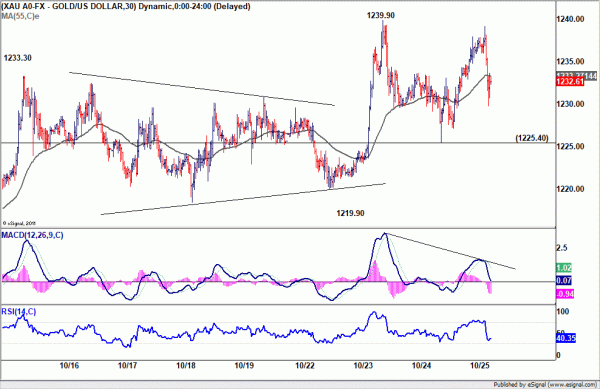
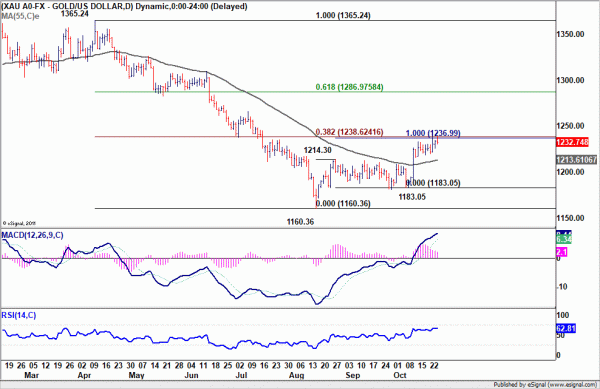
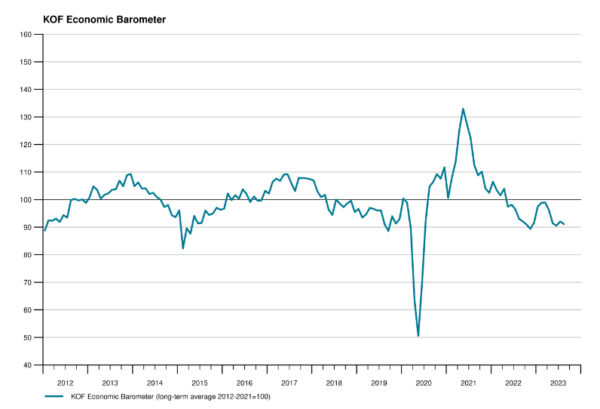
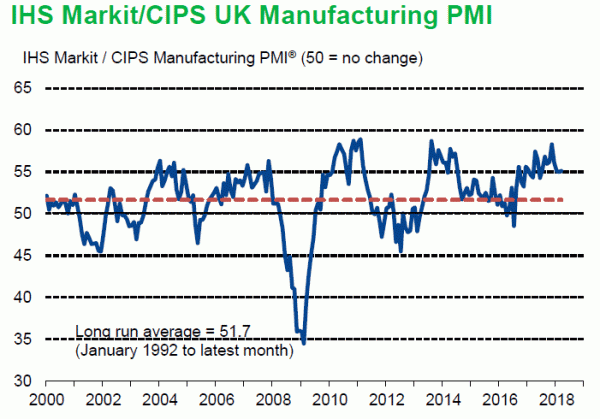
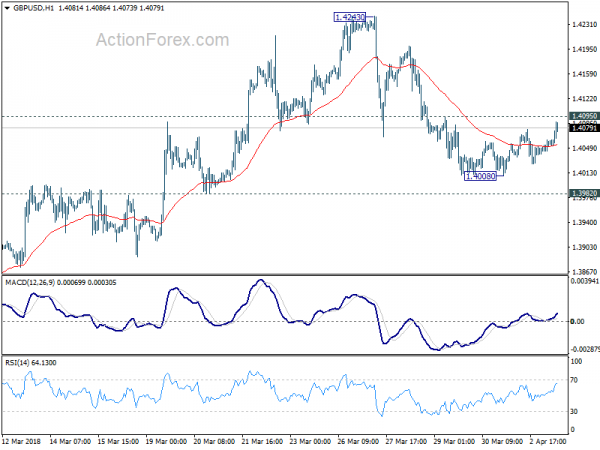
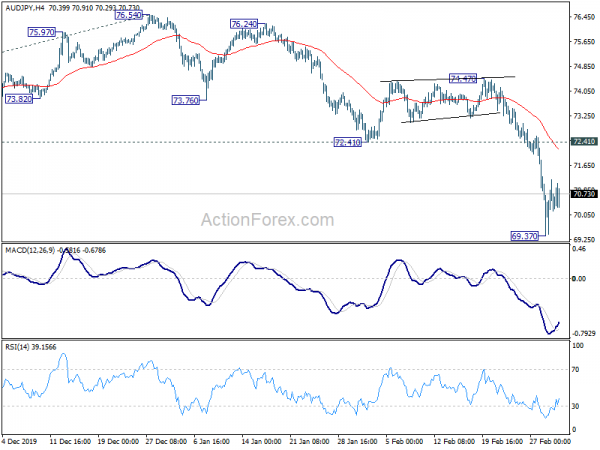
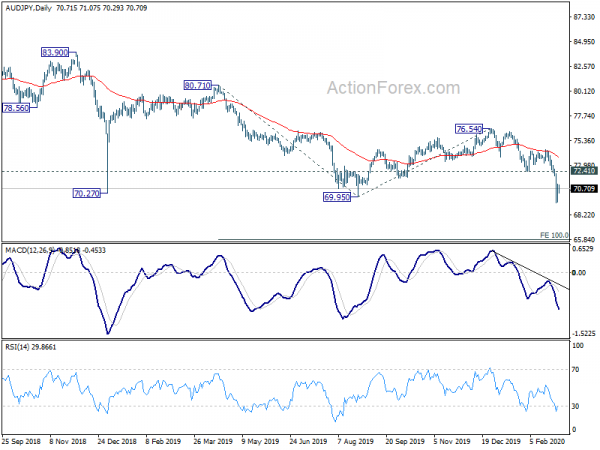
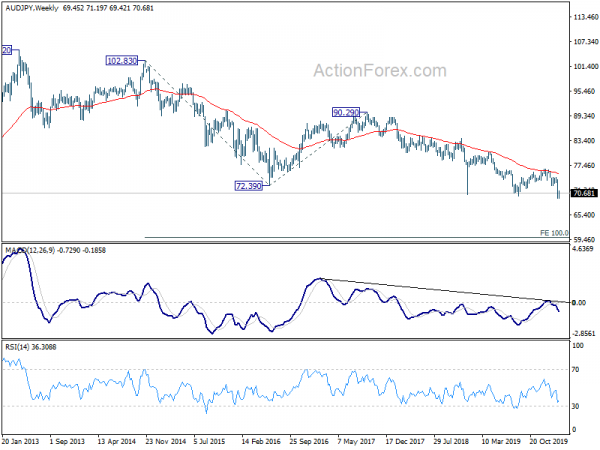

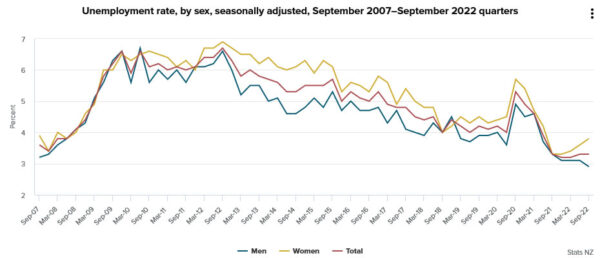
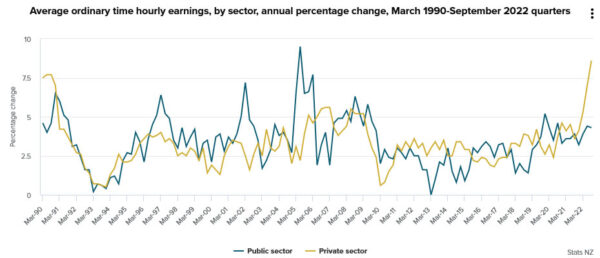
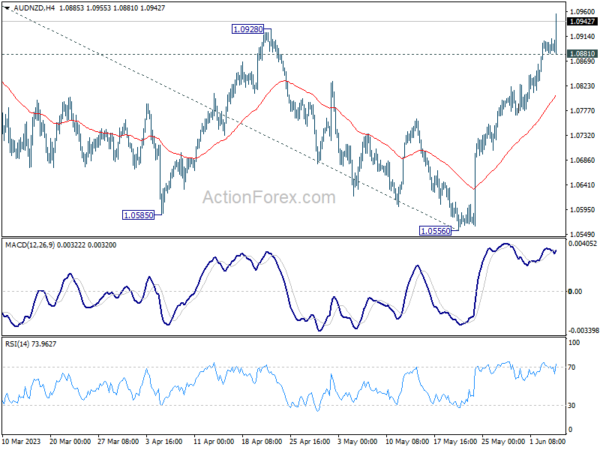
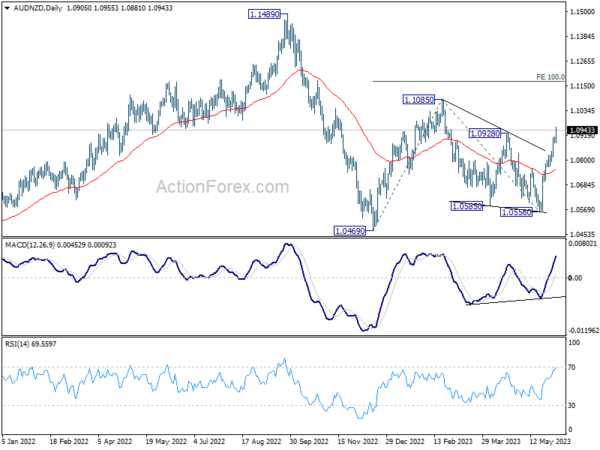
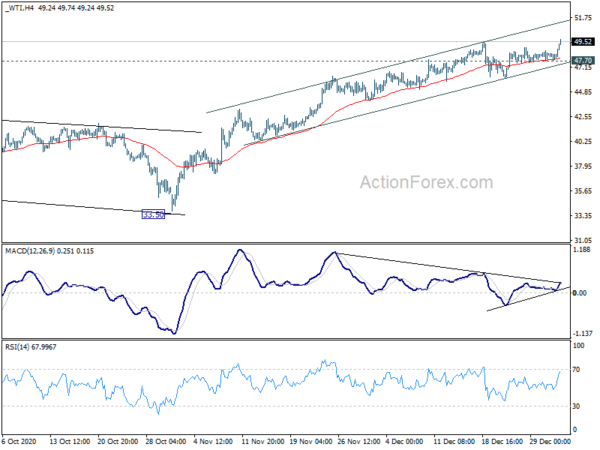
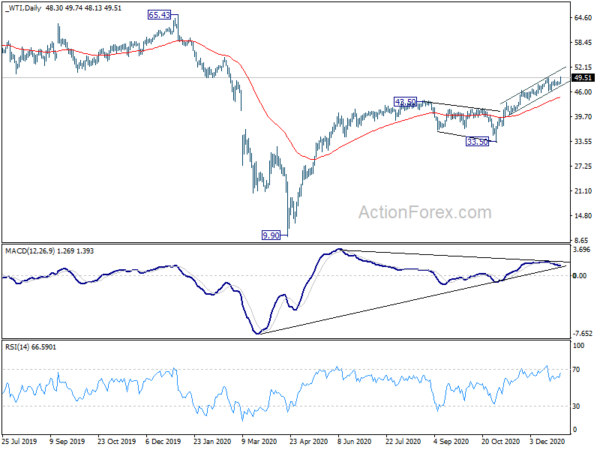
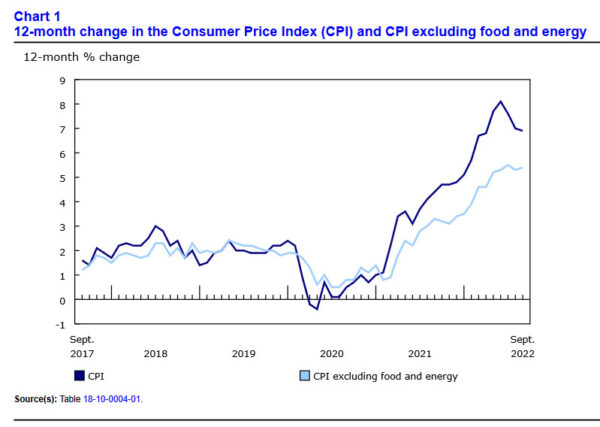
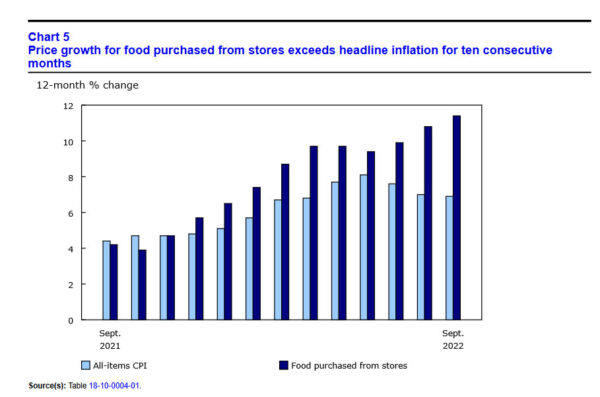
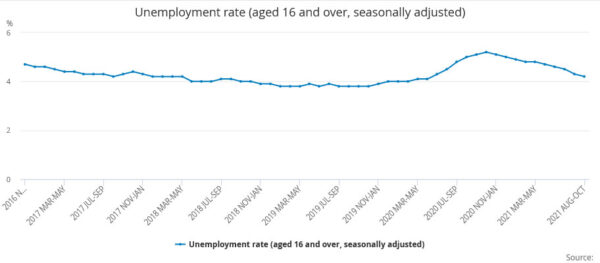

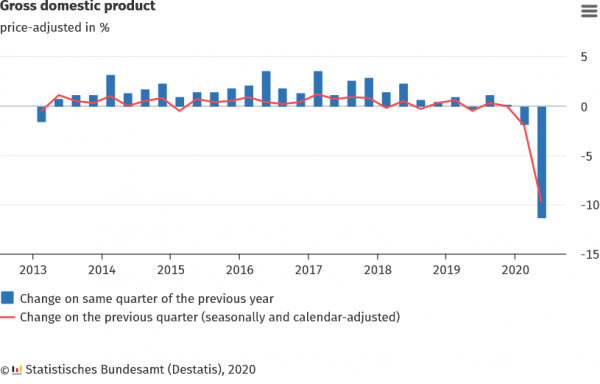

US initial jobless claims dropped to 205k
US initial jobless claims dropped -1k to 205k in the week ending January 7, below expectation of 210k. Four-week moving average of initial claims dropped -2k to 213k.
Continuing claims dropped -63k to 1634k in the week ending December 31. Four-week moving average of initial claims dropped -9k to 1680k.
Full release here.